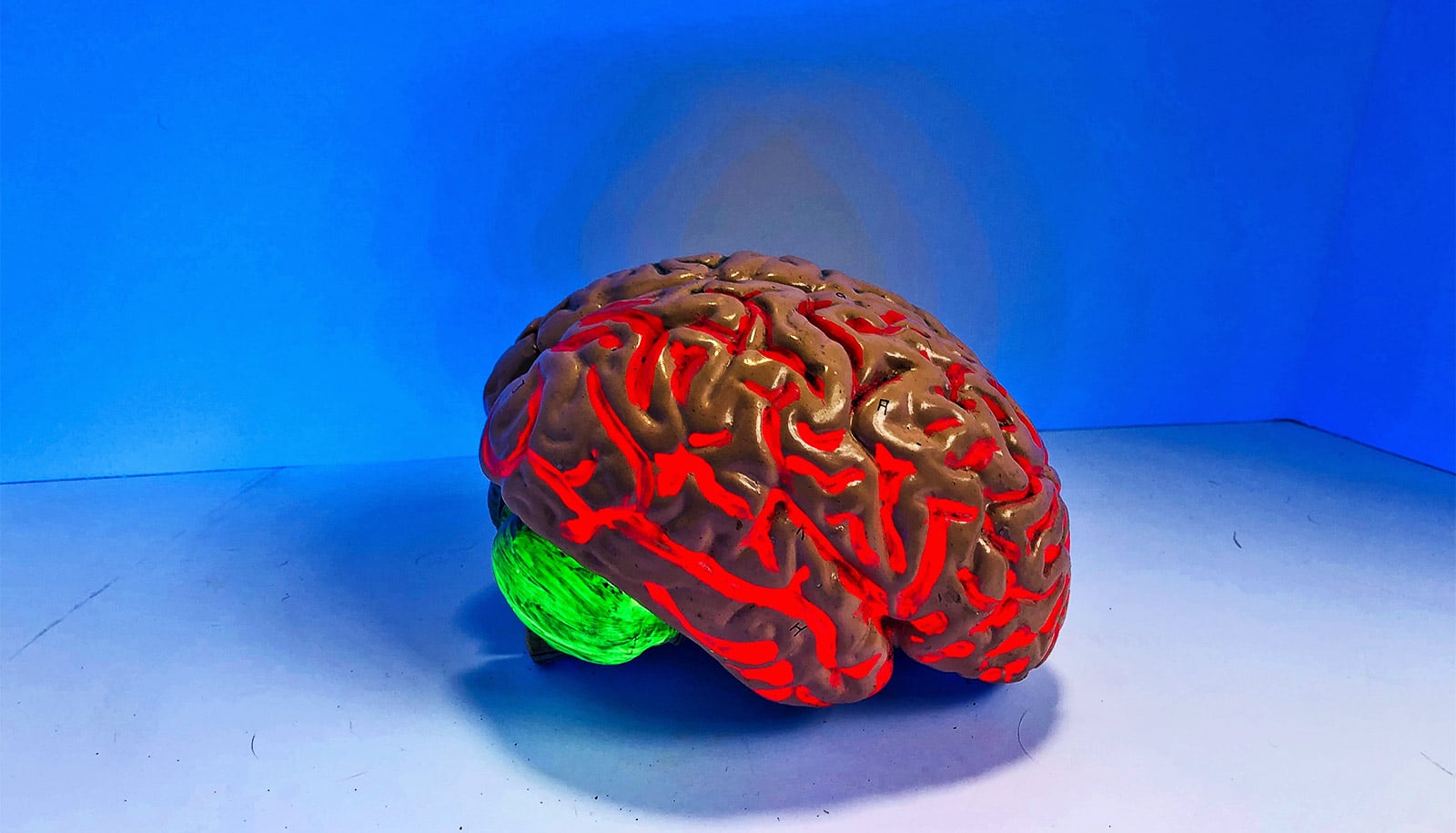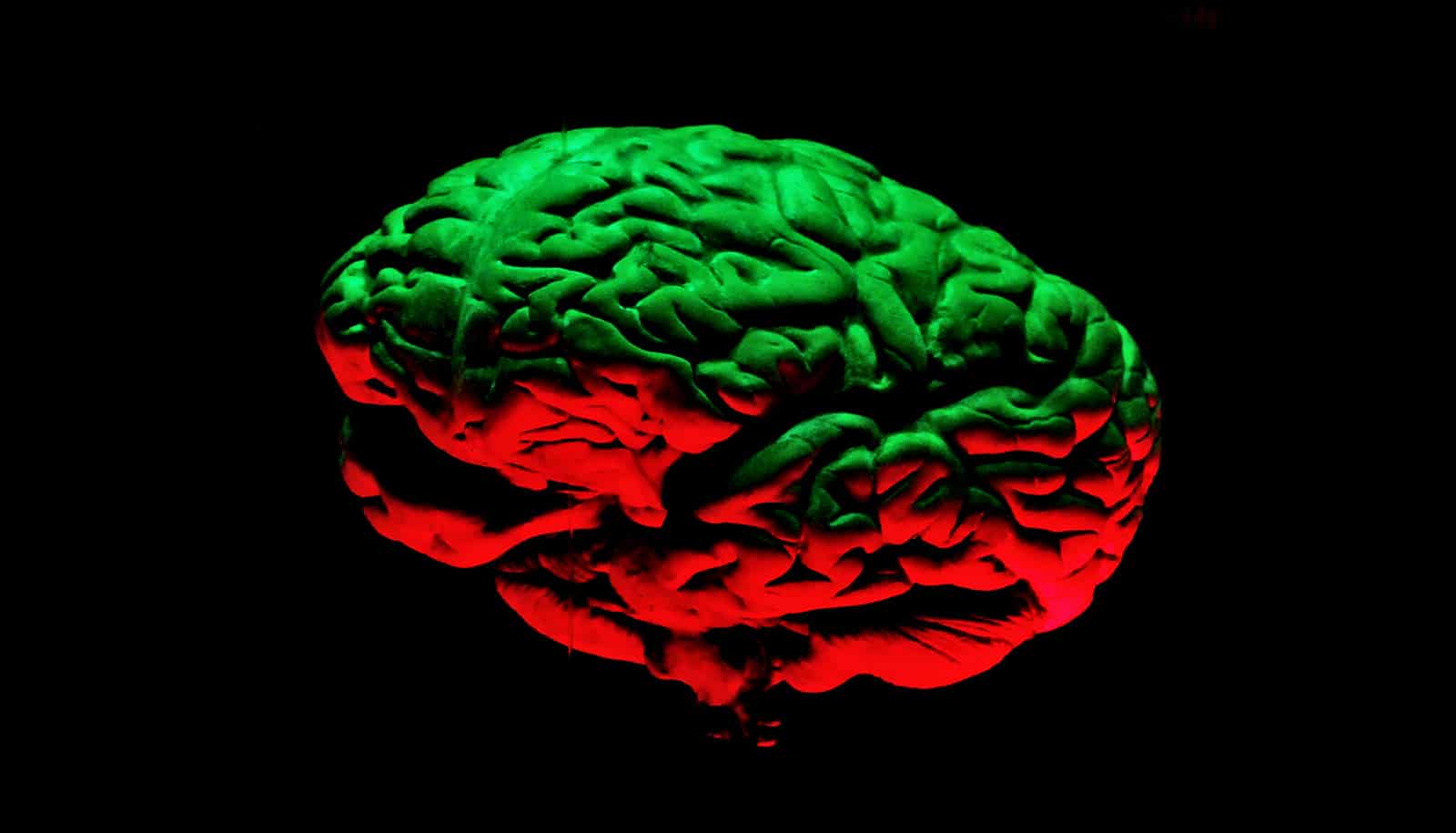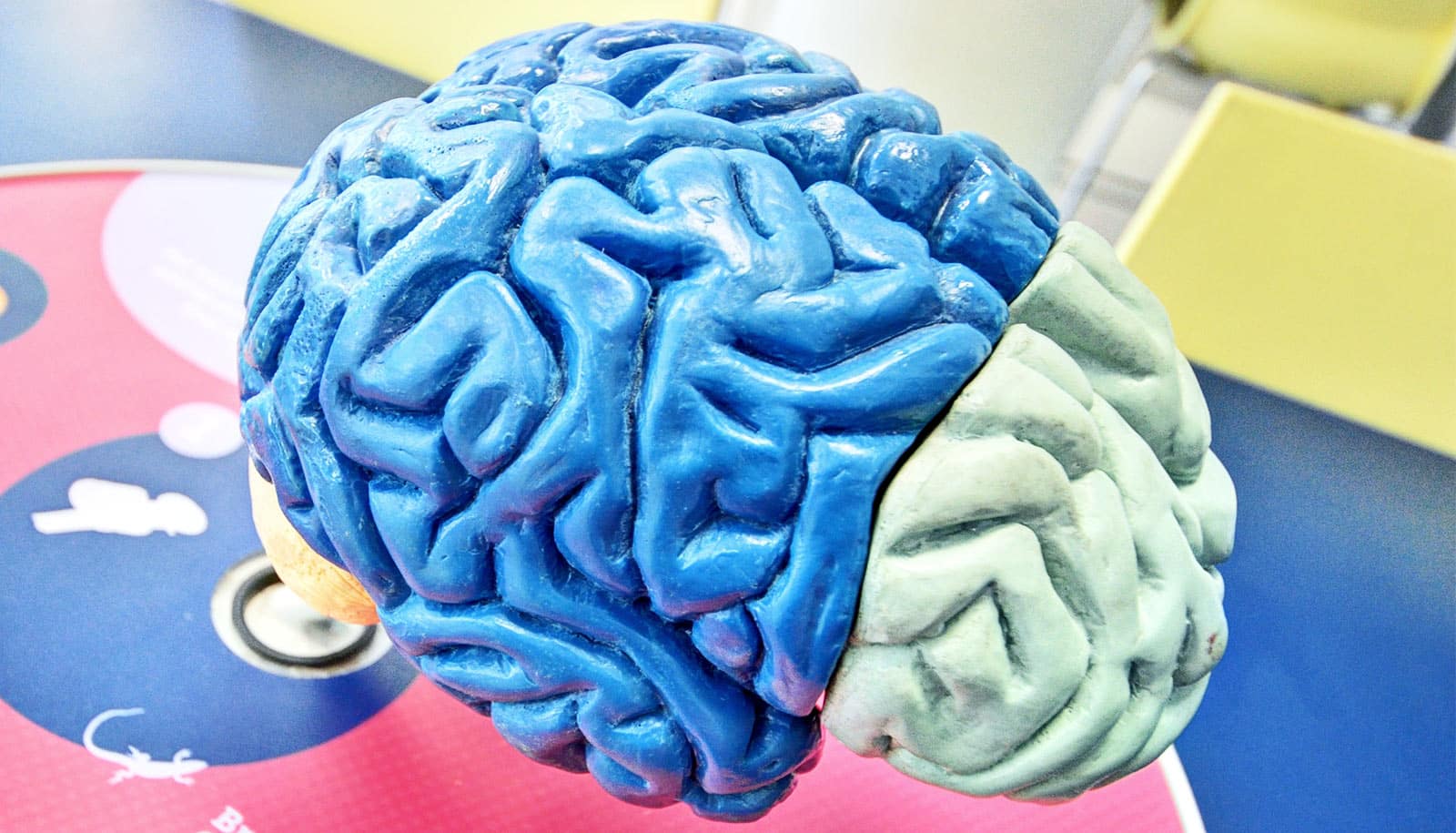A new method allows for the successful transplant certain protective brain cells without the need for lifelong anti-rejection drugs, researchers report.
As reported in the journal Brain, the new approach selectively circumvents the immune response against foreign cells, allowing transplanted cells to survive, thrive, and protect brain tissue long after stopping immune-suppressing drugs.
The ability to successfully transplant healthy cells into the brain without the need for conventional anti-rejection drugs could advance the search for therapies that help children born with a rare but devastating class of genetic diseases in which myelin, the protective coating around neurons that helps them send messages, does not form normally.
Pelizaeus-Merzbacher disease, is characterized in infants missing developmental milestones such as sitting and walking, having involuntary muscle spasms, and potentially experiencing partial paralysis of the arms and legs, all caused by a genetic mutation in the genes that form myelin. Approximately 1 out of every 100,000 children born in the US will have some form of these types of diseases.
“Because these conditions are initiated by a mutation causing dysfunction in one type of cell, they present a good target for cell therapies, which involve transplanting healthy cells or cells engineered to not have a condition to take over for the diseased, damaged, or missing cells,” says Piotr Walczak, associate professor of radiology and radiological science at Johns Hopkins University School of Medicine.
Foreign invaders
A major obstacle to replacing these defective cells is the mammalian immune system, however, which works by rapidly identifying “self” or “nonself” tissues and mounting attacks to destroy nonself, or “foreign,” invaders.
While beneficial when targeting bacteria or viruses, it presents a major hurdle for successfully transplanting organs, tissue, or cells flagged for destruction.
Traditional anti-rejection drugs that broadly and unspecifically tamp down the immune system frequently work to fend off tissue rejection but leave patients vulnerable to infection and other side effects. Patients who receive transplants must remain on these drugs indefinitely.
In a bid to stop the immune response without suppressing the entire immune system, researchers sought ways to manipulate T cells, the system’s elite infection-fighting force that attacks foreign invaders.
Specifically, they focused on the series of “costimulatory signals” that T cells must encounter in order to begin an attack.
“These signals are in place to help ensure these immune system cells do not go rogue, attacking the body’s own healthy tissues,” says coauthor Gerald Brandacher, professor of plastic and reconstructive surgery and scientific director of the Vascularized Composite Allotransplantation Research Laboratory at the School of Medicine.
The idea, he says, was to exploit the natural tendencies of these costimulatory signals to train the immune system to eventually and permanently accept transplanted cells as “self” cells.
To do that, the investigators used two antibodies, CTLA4-Ig and anti-CD154, which keep T cells from beginning an attack when encountering foreign particles by binding to the T cell surface, essentially blocking the “go” signal.
Researchers have previously successfully used this combination to block rejection of solid organ transplants in animals but had not yet been tested for cell transplants to repair myelin in the brain, says Walczak.
Checking on brain cell transplants
In a key set of experiments, Walczak and his team injected mouse brains with the protective glial cells that produce the myelin sheath that surrounds neurons. They genetically engineered these specific cells to glow so the researchers could keep tabs on them.
They transplanted the glial cells into three types of mice: mice genetically engineered to not form the glial cells that create the myelin sheath, normal mice, and mice bred to be unable to mount an immune response. Then the researchers used the antibodies to block an immune response, stopping treatment after six days.
Each day, the researchers used a specialized camera that could detect the glowing cells and capture pictures of the mouse brains, looking for the relative presence or absence of the transplanted glial cells.
Cells transplanted into control mice that didn’t receive the antibody treatment immediately began to die off, and the camera no longer detected their glow by day 21. The mice that received the antibody treatment maintained significant levels of transplanted glial cells for more than 203 days, showing that the mouse’s T cells didn’t kill them, even in the absence of treatment.
“The fact that any glow remained showed us that cells had survived transplantation, even long after stopping the treatment,” says lead author Shen Li. “We interpret this result as a success in selectively blocking the immune system’s T cells from killing the transplanted cells.”
The next step was to see whether the transplanted glial cells survived well enough to do what glial cells normally do in the brain—create the myelin sheath. To do this, the researchers used MRI images to look for key structural differences between mouse brains with thriving glial cells and those without. The researchers saw that the cells in the treated animals were indeed populating the appropriate parts of the brain.
Their results confirmed that the transplanted cells could thrive and assume their normal function of protecting neurons in the brain.
Walczak cautions that the results are preliminary. In the future, the team hopes to combine their findings with studies on cell delivery methods to the brain to help repair the brain more globally.
Source: Johns Hopkins University


